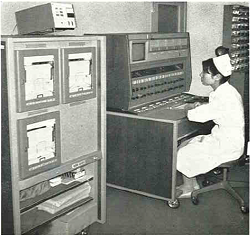
- 拡大
- ICU-80 patient monitor
In the decade after its founding, Nihon Kohden grew rapidly. In 1961 Nihon Kohden was listed in the 2nd Section of the Tokyo Stock Exchange as its first medical electronic equipment company. Around this time, Nihon Kohden constructed its first company-owned facilities and opened local sales branches around Japan.
By its 15th anniversary in 1966, Nihon Kohden had grown to become a top manufacturer of medical electronic equipment with over 30 sales branches around Japan. In that year the MDA-2, Japan's first battery-powered defibrillator, was introduced. After that, the defibrillator was improved and in terms of domestic market share and export volume, it became our main product and rose to the No. 1 position in Japan.
In 1967, Japan's first ICU monitor, the ICU-80, was installed in the Tohoku University School of Medicine.
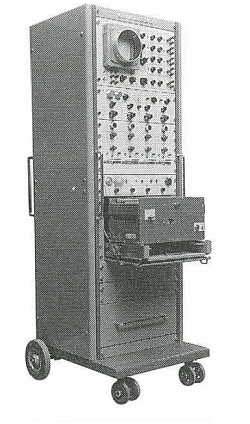
This early polygraph used numerous vacuum tubes, a bouncing-spot CRT monitor, and an ink or heat-writing recorder. The 1960 model split into two evolutionary paths - an enhanced research model and a clinical model for uses such as cardiac catheterization.
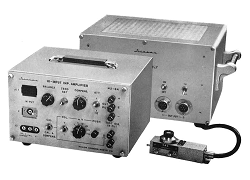
This was Japan's first all AC powered micro-electrode amplifier.
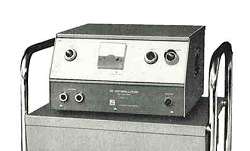
Development of the MDV-1, Japan's first battery-powered defibrillator, took years of effort and the support and advice of leading Japanese hospitals. As electronic components became smaller and more sophisticated, this original model gave way to today's compact, portable units.
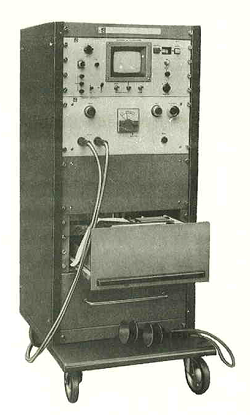
Whereas the MDV-1 was designed for ventricular defibrillation, the MDA-1 was designed for both atrial and ventricular defibrillation.
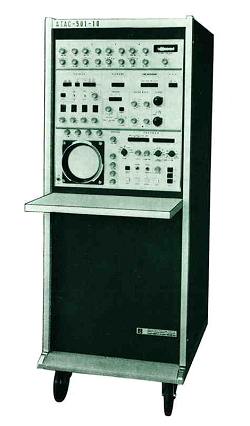
Built with transistors and diode-based circuitry, this original data processor handled averaging, time histograms, and sequential and non-sequential amplitude histograms. Used in research, it processed electrophysiological signals from electroencephalographs, electromyographs, and electrocardiographs. Later, a dedicated clinical version was developed - the evoked potential measuring system.
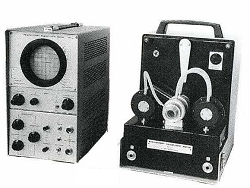
This was Japan's first direct-reading respiratory resistance meter.
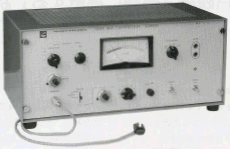
This second generation flowmeter followed the earlier MF-2 that required severing the blood vessel and inserting a cannula probe. The MF-5 was the first blood flowmeter in Japan that used cuff-type flow probes that significantly reduced exciter-originated artifacts and gave more reliable blood flow data for both large and small blood vessels. This model was further developed into a multi-channel version, paving the way for development of flow probes in a variety of configurations and sizes.
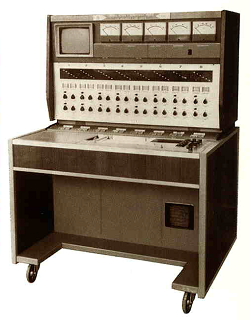
Nihon Kohden introduced Japan's 1st ICU patient monitoring system. The ICU-80 system monitored patients using a bouncing spot CRT monitor, analog meters, strip-chart recorders, and switches for monitoring each patient's parameters. It was later redesigned for easy waveform and parameter value monitoring with a memory oscilloscope and digital displays. Today's systems are compact and versatile, requiring little maintenance. They offer advanced capabilities such as inter-bed communication, data trending, arrhythmia interpretation, and data storage and recall.
